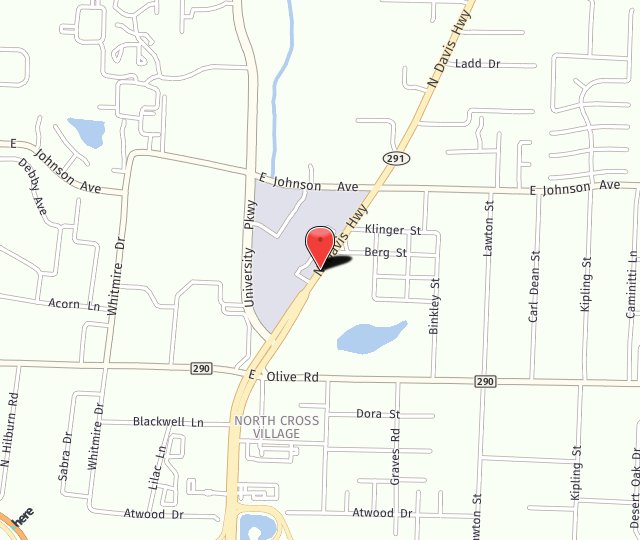Bladeless LASIK
Lasers are the workhorses in LASIK vision correction procedures. The acronym meaning says it all — laser-assisted in situ keratomileusis. In the procedure, a laser is used to reshape the cornea — the clear, round dome at the front of the eye — to correct its shape so it better focuses light rays onto the retina at the back of the eye. The first step in the procedure, the creation of a hinged flap of tissue to gain access to the underlying corneal tissue, can be made with either a thin blade called a microkeratome (traditional method) or a femtosecond laser (bladeless method). We now offer the bladeless LASIK option at the Eye Institute at the Medical Center Clinic.
The basics of LASIK
LASIK eye surgery is performed to correct myopia (nearsightedness), hyperopia (farsightedness), and astigmatism (where the cornea is more oblong than round).
After the circular hinged flap is made in the cornea, the flap is folded back to access the underlying cornea. Then an excimer laser precisely removes some corneal tissue to reshape the cornea. The excimer laser uses a cool ultraviolet light beam to remove microscopic amounts of tissue from the cornea to reshape it so it more accurately focuses light on the retina to improve vision.
In a nearsighted person, the cornea is flattened. With farsighted eyes, the cornea is slightly steepened. With astigmatism, a rounder cornea is the goal.
One the reshaping is done, the hinged flap is laid back into place and it heals naturally without sutures.
The advantages of bladeless LASIK
Both traditional and bladeless LASIK have proven to be incredibly safe and effective, and we perform both methods at the Eye Institute at the Medical Center Clinic. Bladeless LASIK has some advantages, however.
Studies have shown that using the femtosecond laser has a lower risk of corneal flap complications.
Some LASIK patients need a second procedure, deemed an enhancement or touch-up, after their initial procedure. A study has shown that bladeless LASIK allows for a safer enhancement, as it lowers the risk of epithelial growth.
Another study concluded that using the laser to create the corneal flap resulted in faster visual recovery and better uncorrected visual acuity, although both methods deliver excellent results very quickly.
The bottom line
The reality is that LASIK is one of the safest procedures in all of medicine, whether employing the microkeratome or femtosecond laser, and the vision improvement is incredible.
The real difference between the two methods is the possibility of complications in the corneal flap. Although these complications are rare, they occur far more often when the blade flap method is used.
Every patient is different. We’ll discuss your options with you during your consultation and together we can decide which method you’d prefer.
Educational Videos:

